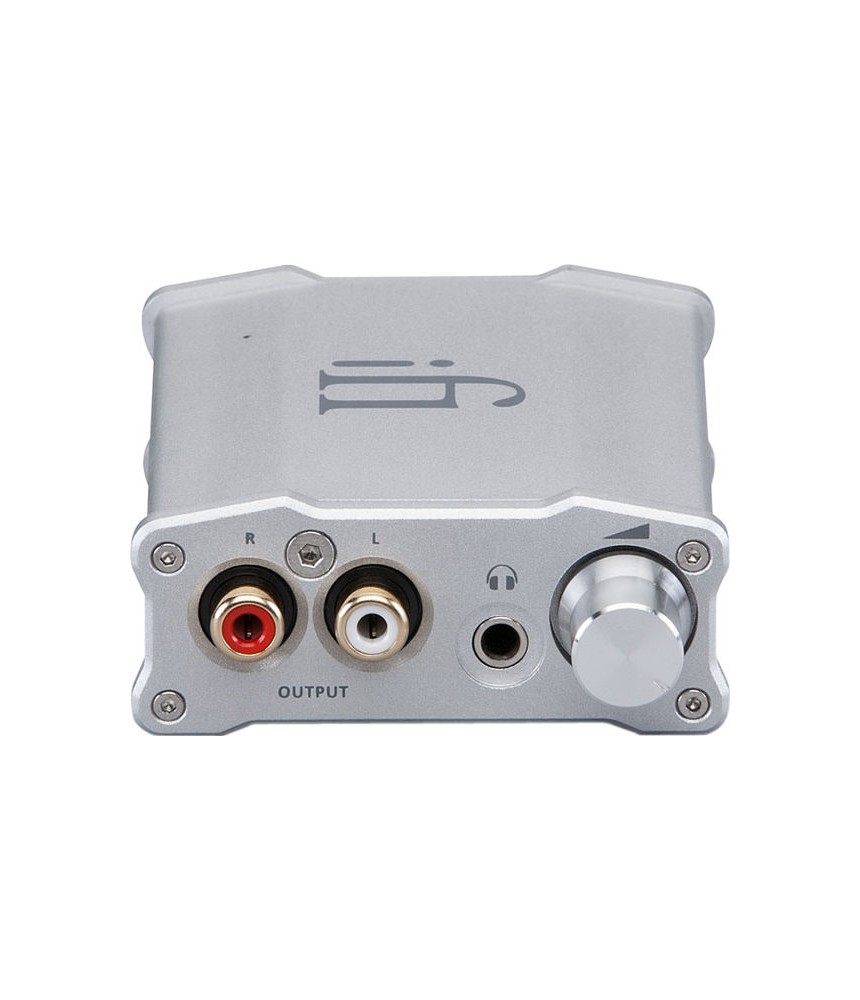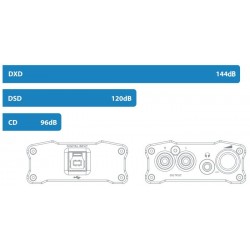

NANO IDSD BITPERFECT WINDOWS
In operation within my Windows 8/JRiver Media Center 19-based system, the iDSD switched very comfortably and seamlessly betwixt various resolution levels of PCM files, though it did exhibit a few minor (albeit easily correctable) glitches when transitioning from PCM to DSD format files.
NANO IDSD BITPERFECT FULL
This little DAC delivers a very full measure of what I am coming to regard as the iFi (and thus, by extension, the Abbingdon Music Research) sound, whose virtues include generous amounts of resolution, a quiet and full-bodied presentation, and an aura of all-around refinement and sophistication reminiscent of what you might expect from (far) more costly gear. Still, even the least costly of the LH models will costs more than the iDSD nano, meaning the iFi unit has the playing field more or less to itself at its price point.
NANO IDSD BITPERFECT PORTABLE
Let me just jump right in and say that the iDSD nano sounds ridiculously good for the money-more than competitive with other portable DACs I’ve heard thus far (though I have not yet tried any of Light Harmonic’s new portables, which promise stiff competition). What have we learned about the sound of the iDSD nano thus far? However, use the iCAN nano with headphone loads that fall within its wheelhouse and you’ll be a very happy audiophile indeed. Then, things will be fine to a point, but when big dynamic swells or power-slurping heavy-duty bass passages come along you will hear moments when the iCAN nano abruptly and decisively runs out of power and distorts and/or runs into audio clipping. Yes, really.Ībout the only point at which you’ll discern the iCAN’s limitation (and, yes, it does have its limits) will be when you try using the iCAN to drive brutally power-hungry ‘phones such as the HiFiMAN HE-6. If you weren’t able to hold the compact device in the palm of you hand (with room left over) and if you judged it purely on sound quality, you might easily think the iCAN was one of today’s nicer desktop headphone amps. As before, the iCAN nano has left me wowed by both the refinement, robustness, and sheer “feistiness” of its sound on first listen, it seems to offer quite a lot more output than its modest 150mW output specification would lead you to expect.

If you happened to read my earlier blog on the pilot production iCAN nano ( click here to read), then please know that the full production model is at least as good as the earlier sample was (though I have not yet been able to compare the two units side by side to see if there is much, if any, difference between them). What Have We Learned About the Sound of the ICAN Nano Thus Far? Useful inputs and outputs, including: two stereo analogue audio inputs (via stereo RCA jacks and a stereo 3.5mm mini-jack), and one master analogy audio output (via a 6.5mm stereo TRS or “phone-type” jack), enhanced by the fact that the iCAN comes with a nicely made, gold-plated 6.5mm-jack-to-3.5mm-jack adapter.A beefy 1400mAh Lithium-polymer battery said to be good for more than 70 hours (!) of continuous operation, and.A switch-selectable version of iFi’s XBass circuit that allows users to dial-in a judicious touch of low-frequency bass reinforcement for headphones or earphones that can benefit from a touch of very low-end boost,.A switch-selectable version of iFi’s 3D HolographicSound circuit that is not, please note, a so-called crossfeed circuit, but rather uses a proprietary design said to place “the recording back outside of the (user’s) head…”,.



 0 kommentar(er)
0 kommentar(er)
